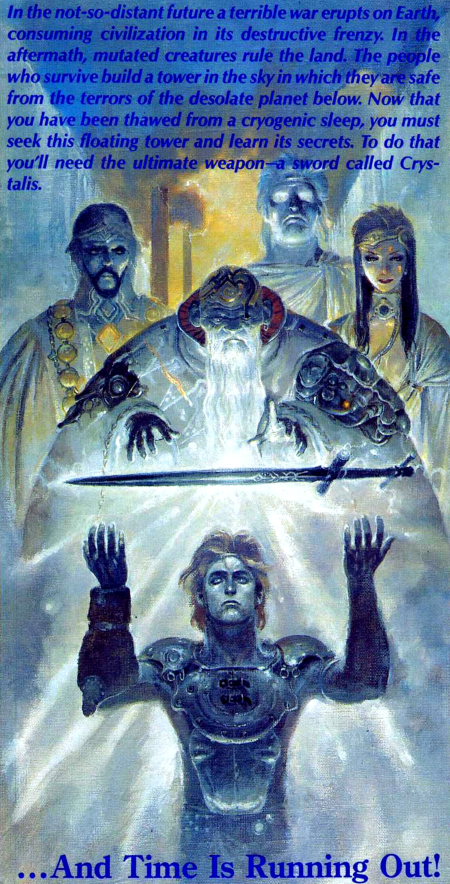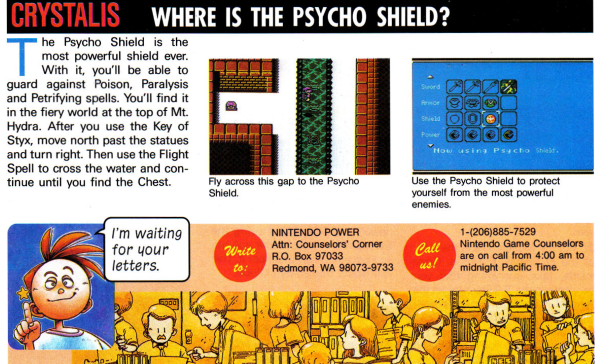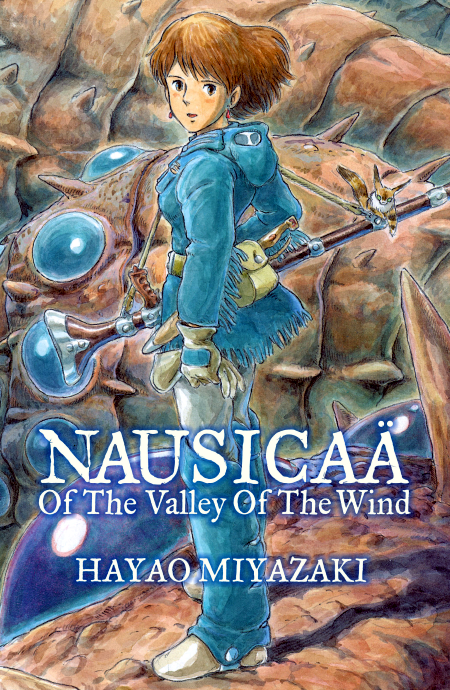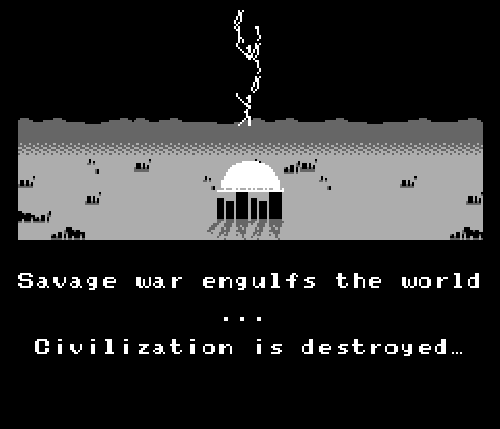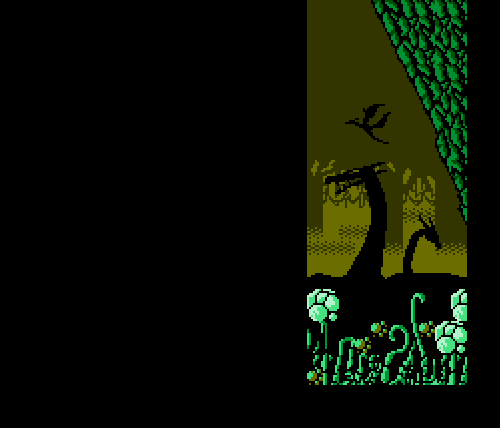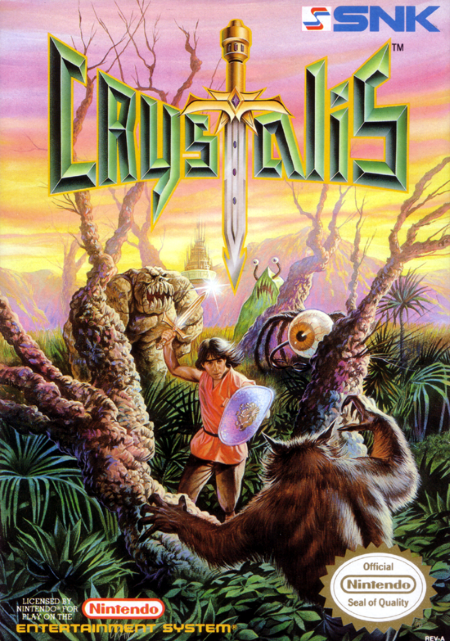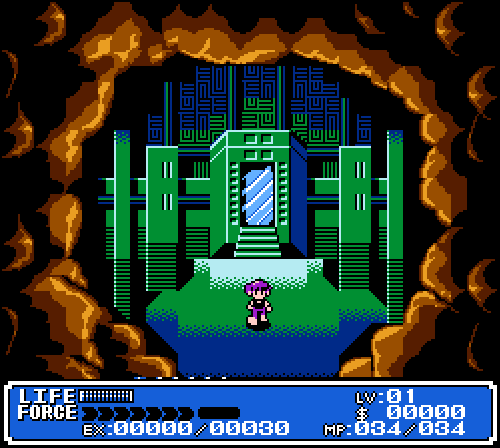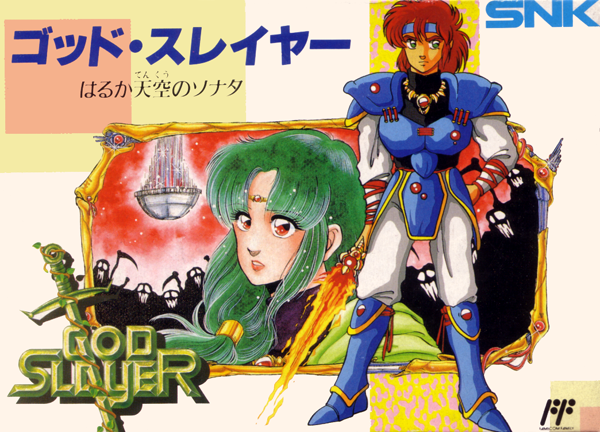Any discussion of
Crystalis and its unfairly short legacy brings up a question: Why didn’t SNK make another one? The answer is usually “Because SNK threw all their weight behind arcade games and
Crystalis might not have been a huge seller anyway.” Even so, there’s some evidence that SNK might have at least considered another
Crystalis.
The first news of SNK revisiting
Crystalis apparently emerged in early issues of Gamefan. Other Stuff served as the magazine’s catch-all column for news, rumors, and outlandish speculation, much like EGM’s Quartermann. In Other Stuff one would see credible information printed alongside reports of
Super Street Fighter II introducing 14 new characters or
Mortal Kombat 3 declaring Baraka the winner of the previous tournament (THAT would have been daring). And it’s also here that we see mention of a
Crystalis follow-up in Volume 1, Issue 3 of the magazine.
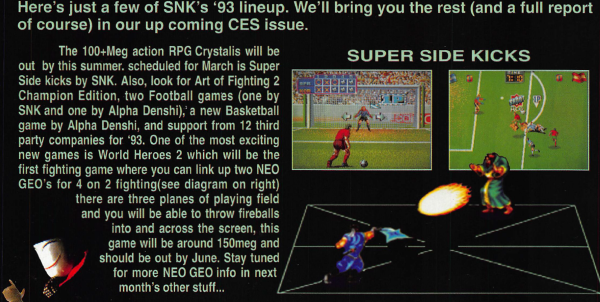
Gamefan describes a Neo Geo version of
Crystalis as a 100-meg action-RPG, due out the summer of 1993. It never materialized, of course, and neither did any screenshots for it. In the grand specious tradition of video-game rumors, most of Gamefan’s Neo Geo preview didn’t come to pass.
Magician Lord 2 was a no-show, there’s no Champion Edition of
Art of Fighting 2, and that World Heroes sequel has no revolutionary 3-D gameplay. A new
Crystalis might have been just a fever dream, as real as that violent, profanity-filled Sonic the Hedgehog game described by the most hyperactive kid on the bus.
If the Neo Geo edition of
Crystalis was just a rumor, it was a persistent one. Gamefan mentions it again in Volume 1, Issue 4, giving it a 200-meg size and a fourth-quarter 1993 release date. Six months later, Volume 1, Issue 10 is vaguer, merely stating that “talk of a Geo version of Crystalis continues to linger.” Of course, no screenshots were shown, and GameFan was the sort of magazine that would’ve run pics of a new
Crystalis no matter how blurry they were.
Reports of a
Crystalis follow-up did not end here, however. The January 1995 issue of Next Generation (and the Edge of the month before) runs down the latest news for the Neo Geo CD, a disc-based version of the Neo Geo. The article described “Krystalis” as an upcoming game that was “held back for the format.” Once again, no solid news or actual images of the game followed.
Even in rumors, the path of this new Crystalis makes sense. The original Neo Geo prioritized arcade games: shooters, action titles, and fighting games that came on arcade-exact cartridges for a few hundred bucks each. An action-RPG like Crystalis would be a hard sell in the arcades, even if it used the Neo Geo’s rarely exploited memory cards, and SNK wasn’t in the habit of making $200 games exclusively for the home. If a
Crystalis revival existed, the cheaper format of the Neo Geo CD was a better choice. That was where SNK put its Samurai Spirits RPG, after all.
The Neo Geo CD also may explain why a
Crystalis title never arrived there. The system was to be a cheaper version of the Neo Geo, but the CD drive’s long loading times and an overall busy marketplace made it a limited engagement. Only a handful of exclusive Neo Geo CD games came along, and by the end of the 1990s SNK dropped the system entirely, supporting only the cartridge-based Neo Geo.

One will note that the reports of a new
Crystalis don’t call it
Crystalis 2 or imply a direct sequel. This mystery game may well have been a remake of the NES original, which often seemed too ambitious for its hardware. SNK could have revisited it on the Neo Geo with gorgeous pixel art, no slowdown, more complex dungeons, bigger bosses, and, say, an extra mode where you play Mesia’s side of the story. She was hiding something.
Or perhaps it would’ve been a different game entirely. The original
Crystalis wraps everything up neatly, but it could very handily support a spiritual successor, one with the same gameplay systems and capable progress but with no more narrative connections than
Final Fantasy IV has with
Final Fantasy XII.
SNK had a second opportunity to revamp
Crystalis when the Neo Geo Pocket Color came along. The handheld invited single-player RPGs, and
Crystalis could’ve fit the format well (SNK even greenlit an impressive
Magician Lord sequel that, sadly, went unfinished). Unfortunately, Nintendo optioned the title for a Game Boy Color port, one that crunches the game into a small screen and erodes the appeal of its futuristic-medieval blend. The Neo Geo Pocket Color might’ve managed it better. For a taste of how an overhead action-RPG like
Crystalis would fare on the handheld, try out
Dark Arms: Beast Buster.
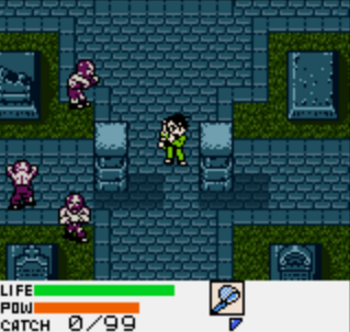
Did a Neo Geo version of
Crystalis ever exist? Was it just a magazine rumor? Did SNK abandon it at the drawing boards? Did someone just confuse it with
Crystal Legacy, an early title for
Breakers? The lack of any screenshots is daunting, but all hope is not lost. In 2016, a collector uncovered an unreleased and incomplete Neo Geo fighter called
Dragon’s Heaven (no, not THAT
Dragon’s Heaven) never before shown in magazines. Perhaps someone will turn up an early version of
Crystalis for the Neo Geo and prove all of those old rumors at least partly true. And then we can fight over it.





